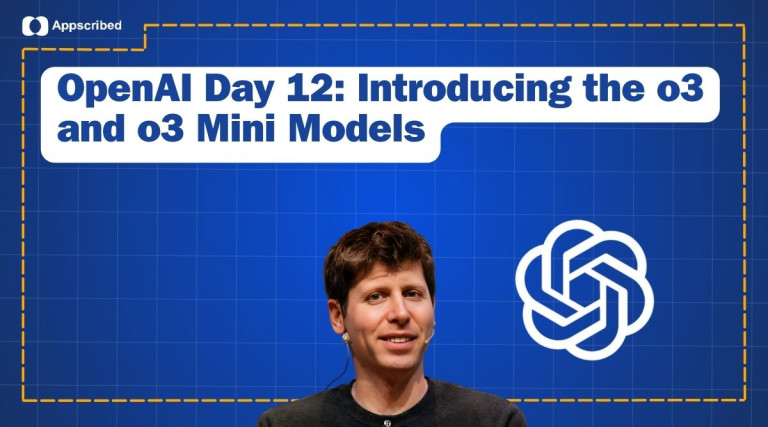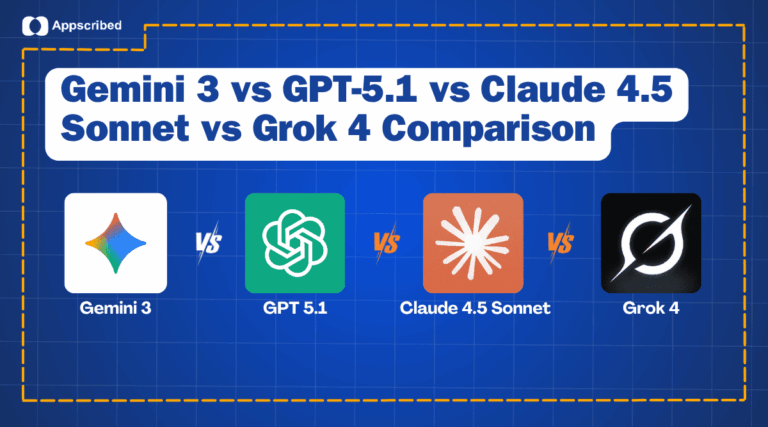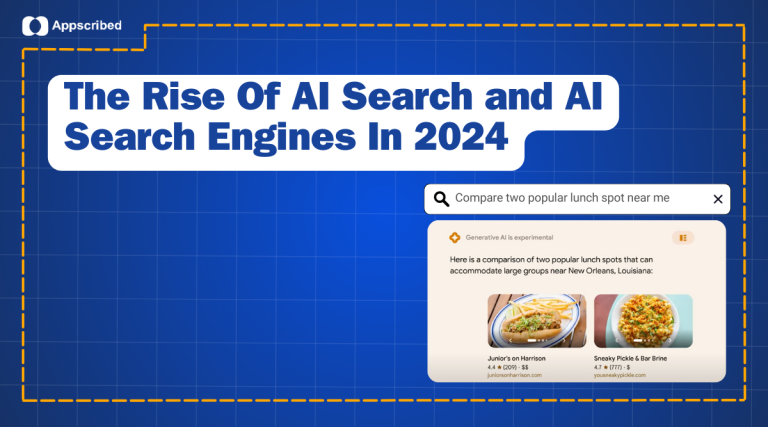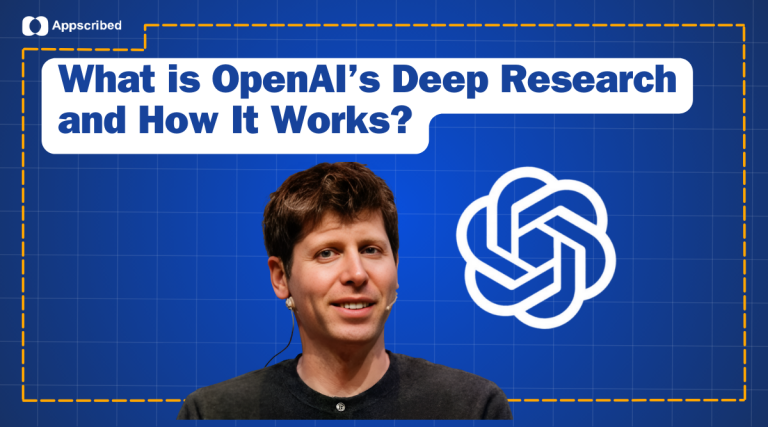On the final day of its “12 Days of OpenAI” event, OpenAI has announced the o3 and o3-mini reasoning models, representing a substantial leap in artificial intelligence capabilities. These models are designed to tackle complex, multi-step tasks with enhanced accuracy and efficiency, setting new benchmarks in AI performance.
Introducing o3 and o3 mini
The o3 series focuses on advanced reasoning, enabling the models to decompose intricate instructions into manageable steps for more precise outcomes. Notably, o3 has achieved record-breaking scores on benchmarks such as the ARC-AGI, a visual reasoning test that had remained unbeaten since its inception in 2019. In low-compute scenarios, o3 scored 75.7%, and in high-compute settings, it reached 87.5%, comparable to human performance at an 85% threshold.
The ARC-AGI benchmark is a challenging test created to assess how well AI models can perform tasks requiring human-like reasoning. Unlike many AI tasks that involve recognizing patterns in data, ARC-AGI focuses on evaluating abstraction, logic, and the ability to generalize from limited examples.
For years, this benchmark has been a hurdle for AI models, with no significant progress until now. The o3 models are the first to achieve human-comparable performance on this benchmark, marking a milestone in reasoning-focused AI.
The o3-mini variant offers a streamlined version of o3, maintaining robust reasoning capabilities while operating with greater efficiency, making it suitable for a wider range of applications.
Access and Availability
Currently, both o3 and o3-mini are in the testing phase. OpenAI is conducting internal safety evaluations and has invited external researchers to apply for testing these models before their public release. The application window for external testers is open until January 10, 2025. OpenAI plans to release o3-mini by the end of January 2025, followed by the full o3 model shortly thereafter.
A Recap of the 12 Days of OpenAI
Over the past 12 days, OpenAI has introduced a series of groundbreaking updates:
- Day 1: Launch of the o1 model, enhancing reasoning capabilities with faster processing and reduced hallucination rates.
- Day 2: Expansion of the Reinforcement Fine-Tuning Program, allowing developers to fine-tune models for specific tasks using feedback-based learning.
- Day 3: Introduction of Sora, a text-to-video generation model enabling users to create high-quality videos from simple text prompts.
- Day 4: Release of Canvas, a collaborative writing and coding tool integrated with ChatGPT for real-time assistance.
- Day 5: Integration of ChatGPT with Apple devices, allowing seamless interaction through Siri and other iOS applications.
- Day 6: Enhancements to ChatGPT’s search capabilities, providing users with up-to-date web information directly within the chat interface.
- Day 7: Launch of ChatGPT Projects, enabling users to manage and organize their AI interactions more effectively.
- Day 8: Introduction of Santa Mode, allowing users to interact with an AI representation of Father Christmas for a festive experience.
- Day 9: Advancements in AI safety measures, focusing on deliberative alignment to improve decision-making processes.
- Day 10: Launch of 1-800-ChatGPT, offering AI assistance via phone and WhatsApp with free monthly access.
- Day 11: Enhanced integration of ChatGPT with desktop applications like Notes, Notion, and Quip, streamlining workflows without switching windows.
- Day 12: Unveiling of the o3 and o3-mini reasoning models, marking a significant leap in AI capabilities.
List of All ChatGPT Updates till Dec 2024
Conclusion
The “12 Days of OpenAI” has showcased a remarkable series of innovations, each contributing to the advancement and accessibility of artificial intelligence. From enhanced reasoning models to seamless integrations across platforms, OpenAI continues to push the boundaries of what’s possible, making AI an increasingly integral part of our daily lives.













